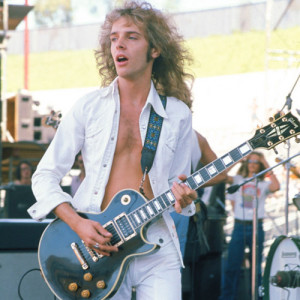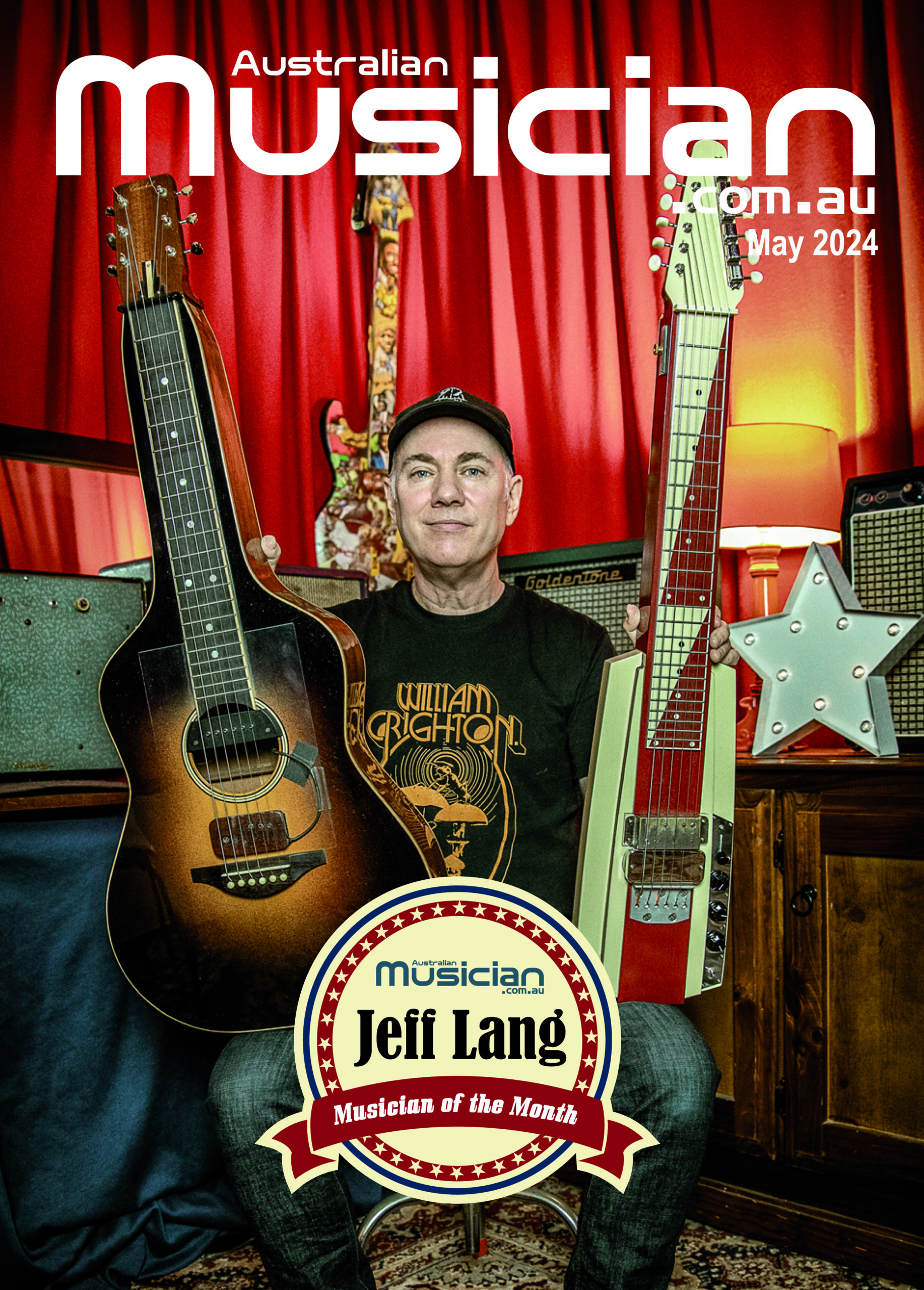PETER FRAMPTON
August 18, 2005 | Author: Joe Matera
 Peter Frampton needs no introduction. First coming to prominence in the late ‘60s as part of The Herd, he later formed Humble Pie with Steve Marriott, before branching out into a solo career in 1971 and achieved enormous multi-platinum success with his Frampton Comes Alive album in 1976. Frampton is about to tour Australia again behind his latest disc Now and on the eve of the tour, Joe Matera spoke with the man himself.
Peter Frampton needs no introduction. First coming to prominence in the late ‘60s as part of The Herd, he later formed Humble Pie with Steve Marriott, before branching out into a solo career in 1971 and achieved enormous multi-platinum success with his Frampton Comes Alive album in 1976. Frampton is about to tour Australia again behind his latest disc Now and on the eve of the tour, Joe Matera spoke with the man himself.
JM: Since the huge success of 76’s Frampton Comes Alive, you’ve always been identified with making the talk box popular. What inspired you to take up the Talk-Box?
PF: The first person I heard on record using it was on Stevie Wonder’s Music Of My Mind in 1970. Then later when I was doing a session on George Harrison’s All Things Must Pass album at Abbey Road studios in 1971, the pedal steel player Pete Drake, whom George had flown over from the States to play on more of the country songs, used one.
At the time I hadn’t seen one, and Pete gets out this little box and plugged all sorts of things into it then he put this plastic pipe into his mouth. The next thing I knew was that the pedal steel was coming out of his mouth. That’s when I went Eureka! That’s it, that’s the sound on Stevie Wonder’s record. That’s what started the whole ball rolling for me and the hunt to find a Talk Box started.
JM: You formed a company called Framptone that also manufactures Talk Boxes?
PF: Yeah Framptone is now making talk boxes. I believe they’re coming over to Australia soon as we’ve got a new distributor. We also make a two way Amp Switcher and there is also a 3-Banger which allows you to use three amps and pick and choose from each. So currently we have the three products available; the Talk Box, the Amp Switcher and the 3-Banger.
JM: Though Frampton Comes Alive made you a superstar and the album one the best selling live album of all time, just prior to making the album you had reached a stage where you had no money and had to sell your stereo and possessions to get one last shot at making it.
PF: It was really going to be my last ditch effort because I figured that if the next album – Frampton Comes Alive – did not do anything, then I didn’t think there would be another record. As much as A & M Records liked me, I didn’t think I would be around for another record. That album really changed everything for me but it was really touch and go there for a minute right before that. I thought I was going to end up being just a session musician again.
JM: Your most recent album Now was recorded in your brand new home studio?
PF: Yes it was the first thing we did there. The studio is in the house but is completely soundproof so I could be playing at 4 in the morning and it wouldn’t wake anybody.
It’s fantastic. Not only did I cut the tracks there but we also mixed all the tracks as well.
JM: How does it compare to making records at outside studios?
PF: The beauty of having the studio in the house is that there is no clock and there’s no money going down the drain. I’ve made the initial investment and now every time, every minute I spend in it, is great and it’s not costing me anything basically. The most important time for any record is the mixing process and I can afford to take my time. For me I spent longer mixing this album than on any other album. And I was able to experiment. I could work on something for three days and then say ‘I don’t like it’ and wipe it completely off and start from scratch again and have a different outlook on it. That’s definitely the bonus to having your own studio.
JM: For the Australian tour what will your guitar and amp set-up be?
PF: I’ll be using my Peter Frampton Signature Gibson model, the model that is based on the original three humbucker guitar that appeared on Comes Alive. Les Pauls are for most of the show but for the cleaner sounds I use a John Suhr Strat and a Tacoma archtop guitar for Baby, I Live Your Way, which has a sweet jazz tone to it. And a Langejans acoustic for any acoustic stuff we do. Then it’s back to the Pater Frampton model and a few other Les Pauls that have slightly different sounds that I switch to.
When it comes to amplifiers, it will be an old 1960 Marshall 100 watt which was modified by a guy in LA to give it a master volume and everything like that. I use that direct, just dry through one 4 X 12 cabinet which has a slave out that goes into all my effects, mono or stereo. I also have two other Marshall cabinets on either side that just get a stereo feed over all the effects.


